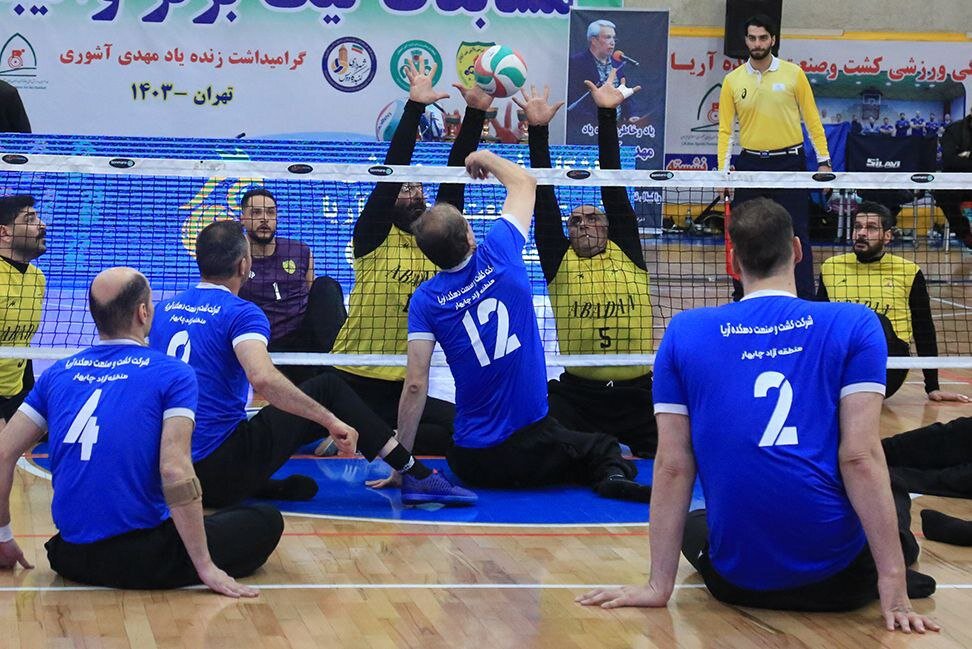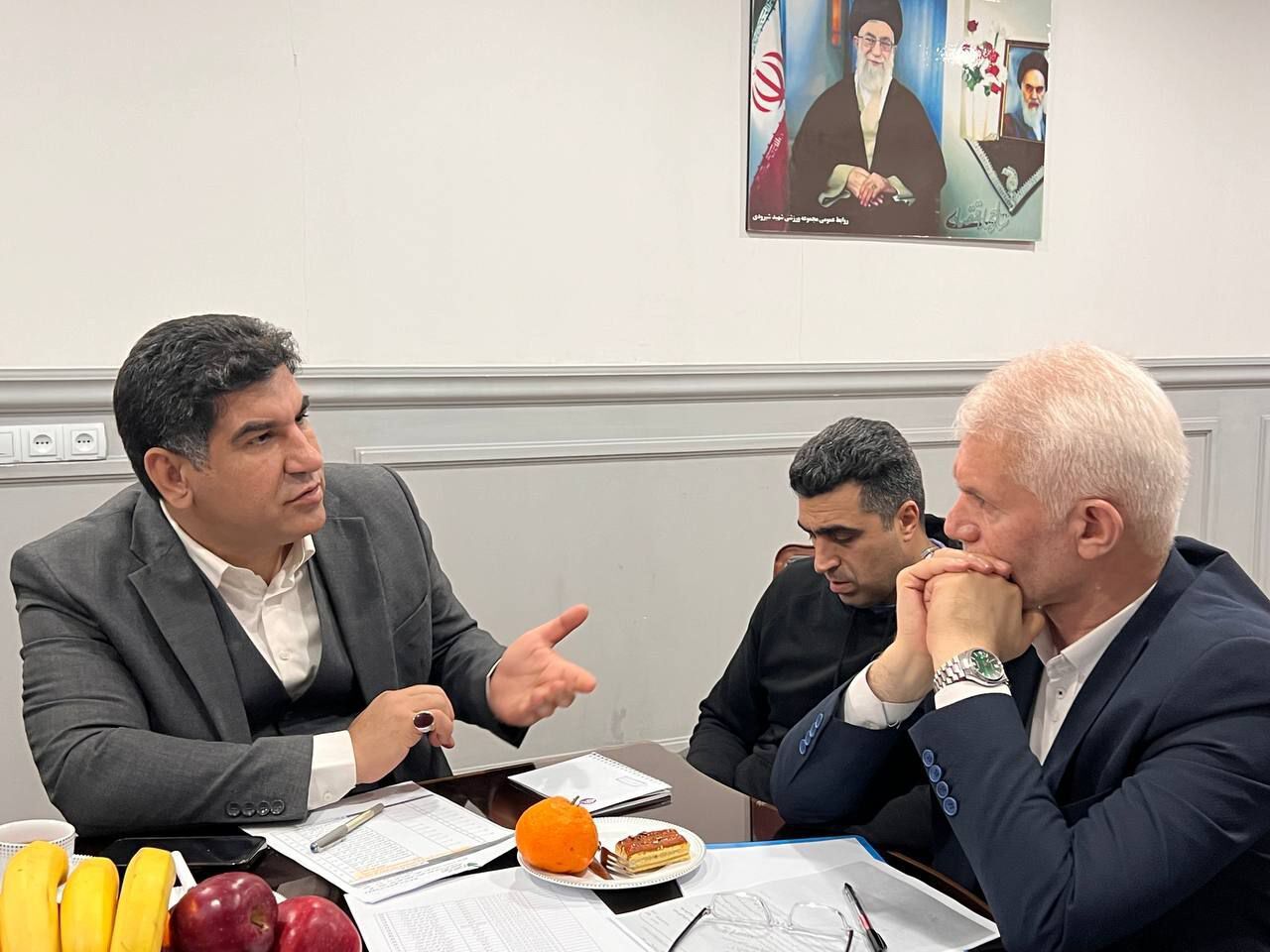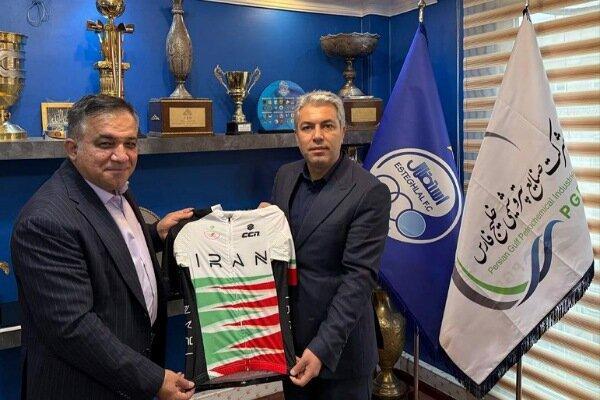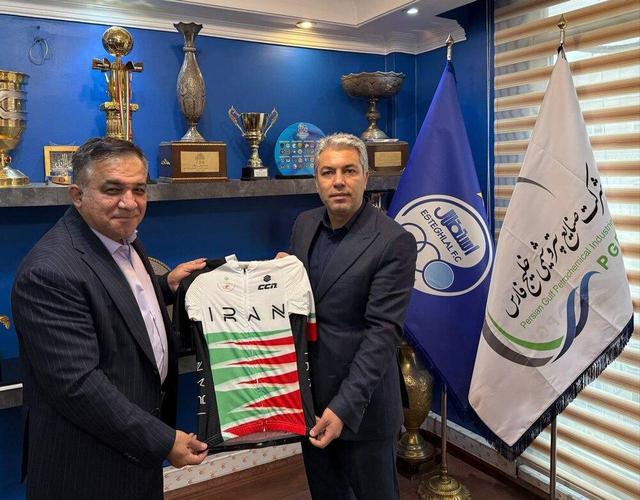How Israel repeatedly violated Gaza truce before strikes killed 100 Palestinians
How Israel repeatedly violated Gaza truce before strikes killed 100 Palestinians

Israel unleashed a deadly wave of air strikes on Wednesday in Gaza, killing over 100 Palestinians, nearly half of them children, in the most significant breach of the ceasefire to date.
To justify the strikes, Israel cited alleged Hamas violations of the agreement’s terms.
Hamas has denied the Israeli accusations, reiterating that it has abided by all terms of the agreement.
Meanwhile, Israel has violated multiple aspects of the agreement, including maintaining restrictions on aid, keeping the Rafah crossing closed and carrying out repeated air strikes.
In just under three weeks, Israeli forces have killed 211 people since the ceasefire began.
Medical supplies, fuel and other essential goods remain severely limited in the Palestinian enclave.
Middle East Eye breaks down the sequence of Israel’s violations leading up to Wednesday’s deadly bombardment.
Daily killings
Almost immediately after the ceasefire came into effect on 11 October, Israel began violating it.
On 14 October, a day after the exchange of living prisoners was completed, Israeli forces killed at least seven Palestinians in drone strikes and artillery shelling. According to local media, the targeted Palestinians were inspecting their damaged homes.
These attacks constituted a breach of the agreement, which explicitly stated that “all military operations, including aerial and artillery bombardment and targeting operations, will be suspended”.
The Israeli military claimed it was targeting people who had crossed the agreed-upon army deployment lines, known as the “Yellow Line”, after issuing warning shots.
Such killings continued in the following days, mostly occurring beyond the so-called Yellow Line. Within a week, Israel had killed at least 35 people, citing similar justifications.
On 19 October, two Israeli soldiers were killed in an attack in Israeli-controlled Rafah. No Palestinian group claimed responsibility.
Israel blamed Hamas, which denied any involvement or knowledge of the attack, saying it has not had active fighters in the area for months.
In response, Israel unleashed a wave of air strikes across the Gaza Strip, killing around 45 people, before resuming the ceasefire later in the day.
However, violations continued, with more people killed in the following days under the pretext of crossing the Yellow Line.
On 25 October, Israel killed a man in central Gaza, which was not beyond the Yellow Line, further expanding its violations. Hamas and other Palestinian groups did not retaliate, instead urging mediators to intervene.
On Tuesday, an Israeli soldier was killed in another attack in Rafah, which Hamas denied being involved in.
Israeli military sources told local media that there was no evidence the attack was connected to the Hamas leadership and happened after troops began collapsing a tunnel fighters were in.
By then, Israeli forces had committed 125 breaches of the ceasefire, according to a tally by the Gaza-based Government Media Office.
These included 52 shootings and 55 incidents of shelling. Israeli forces also made nine incursions into areas beyond the agreed deployment lines and seized at least 21 people.
On Wednesday, Israel unleashed the heaviest wave of air strikes since the start of the ceasefire, killing at least 104 people, including 46 children.
The latest assault brought the death toll since the ceasefire took effect to 211.
Overall, Israeli forces have killed at least 68,643 Palestinians since 7 October 2023, and wounded over 170,000.
Most of those killed are civilians, according to leaked military data.
Other Israeli violations
Alongside the alleged attacks on troops in Rafah, Israel has also cited the slow return of dead captives as a reason behind the recent escalation.
Israel claims that Hamas violated the terms of the agreement by delaying the return of the deceased captives.
However, the Egypt-brokered agreement sets no specific deadline for returning the bodies, stating only that they would be returned “as soon as possible”.
So far, Hamas has returned all 20 living captives, as well as 15 deceased.
On Tuesday, the group said it had recovered two more bodies, which were initially scheduled for return the same day but were delayed due to Israeli strikes.

The Palestinian movement denies breaching the agreement, asserting that it is doing everything possible to return the deceased captives.
It noted, however, that retrieving the bodies requires heavy equipment that Israel has so far blocked. Additionally, the locations of some bodies remain unknown after contact was lost with their guards, who were killed alongside the captives.
Israel has used the slow return of captives to justify its strikes and impose punitive measures on the population of the Gaza Strip.
Contrary to the terms of the agreement, Israel has not allowed the agreed-upon 600 trucks of humanitarian aid to enter Gaza daily. Instead, an average of 200–300 trucks is permitted daily.
The lack of aid has left medical and food supplies critically low in Gaza, where Israel has all but destroyed the healthcare system, and famine was declared following its siege in August.
On 18 October, Israel announced that it would keep the Rafah crossing with Egypt closed until further notice, another violation of the deal.
The crossing was set to be reopened to allow the movement of Palestinians three days after the ceasefire came into effect.
The crossing has effectively been closed by Israeli forces since May 2024, trapping the Palestinian population inside Gaza. Tens of thousands of critically wounded people are awaiting its reopening to seek treatment abroad.
According to Al-Araby TV, the Palestinian Ministry of Health has reported that 983 patients have died while waiting for permission to travel for medical treatment abroad.












